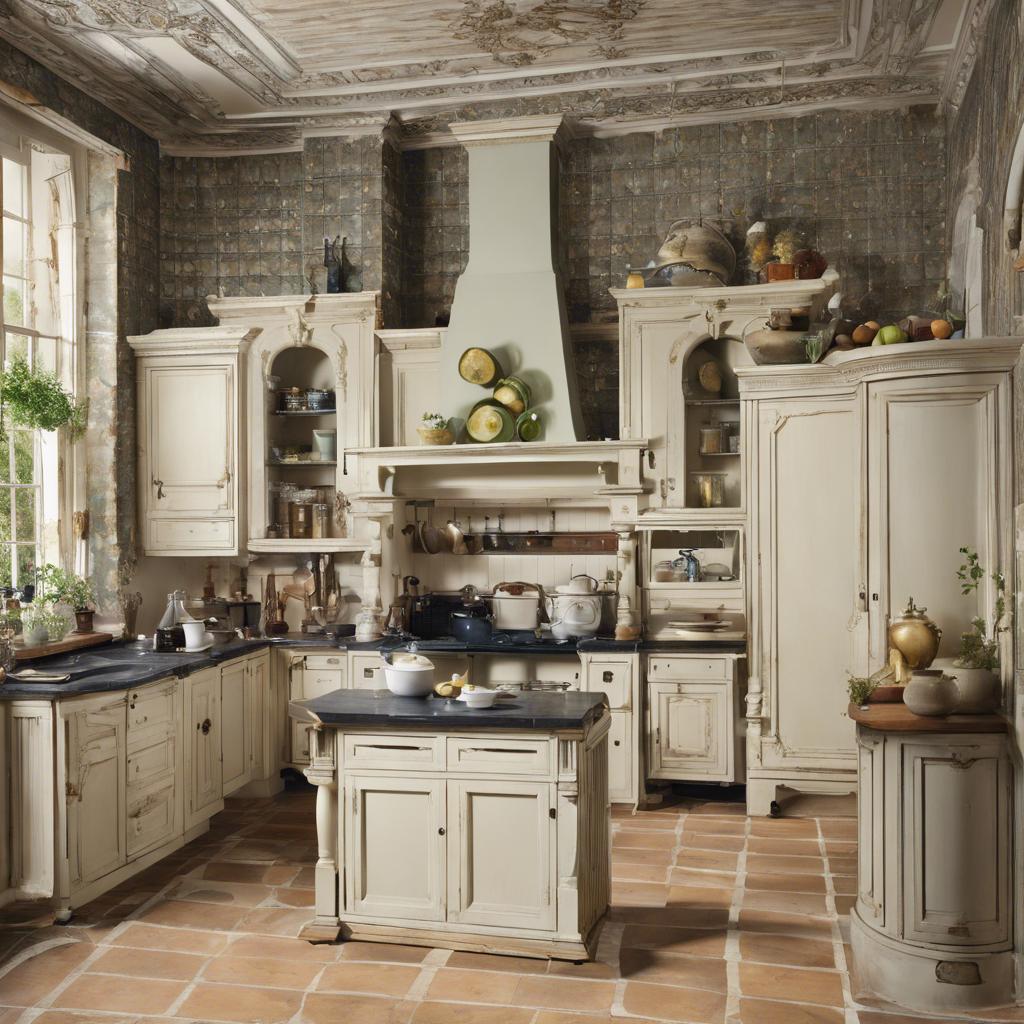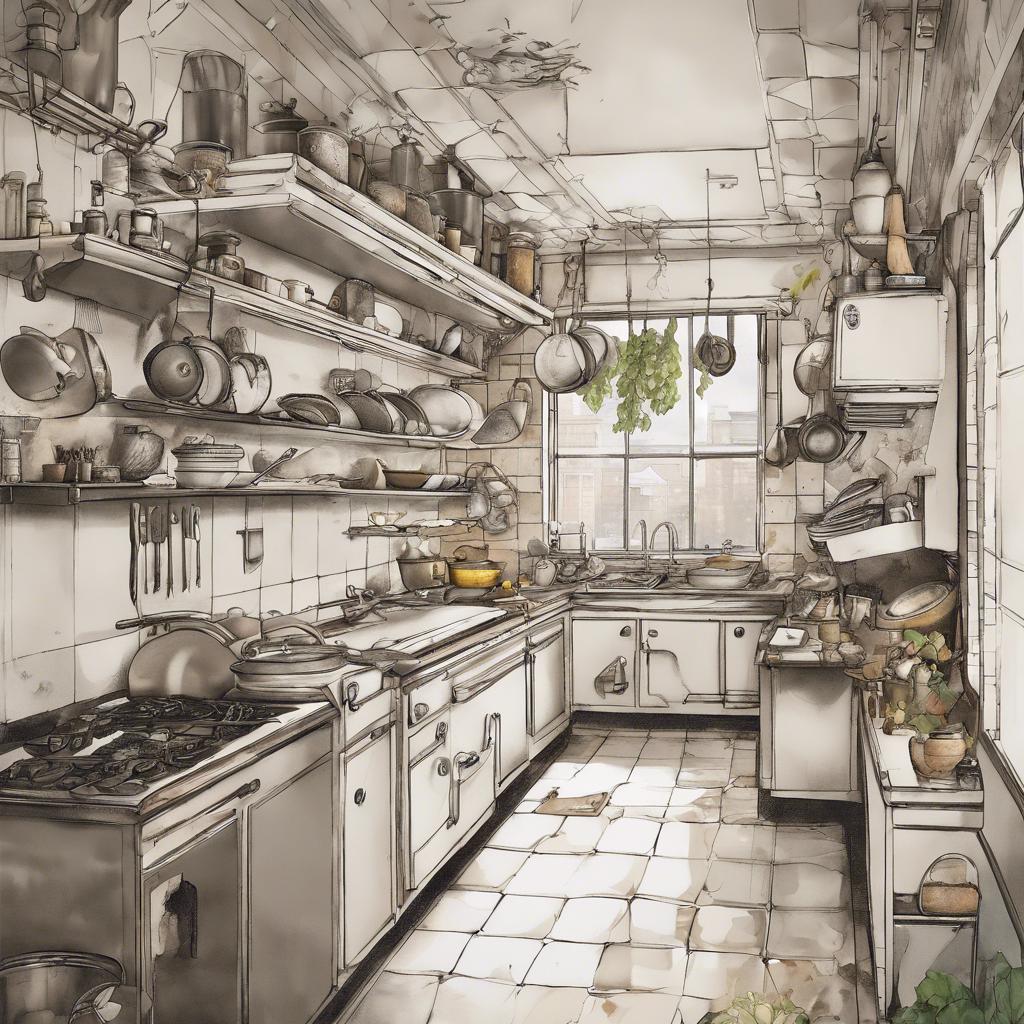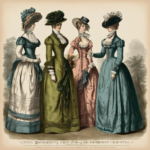In the elegant days of the Regency era, the heart of the home was the kitchen, where the culinary arts were practiced with precision and finesse. As a reflection of the refinement and sophistication of the period, Regency era kitchens were meticulously designed and meticulously organized, boasting an array of sophisticated tools and techniques. Join us as we delve into the world of Regency era kitchens, exploring the culinary traditions and culinary delights of this illustrious period in British history.
Step Into the World of Cheryl Bolen
Dive into the enchanting stories of love, intrigue, and elegance set in the Regency Era. Cheryl Bolen's novels offer timeless romance and captivating tales that will leave you wanting more.
Explore Cheryl Bolen's Books Now
Overview of Regency Era Kitchen Design
The Regency Era kitchen design was characterized by elegance, functionality, and a touch of luxury. Kitchens during this period were often spacious, well-lit, and equipped with high-quality materials and furnishings.
Some key features of Regency Era kitchen design include:
- Marble Countertops: Marble was a popular choice for countertops, adding a touch of sophistication to the kitchen space.
- Copper Cookware: Copper pots and pans were commonly used in Regency Era kitchens, both for their functionality and aesthetic appeal.
- Large Windows: Kitchens were often designed with large windows to allow for ample natural light, creating a bright and welcoming atmosphere.
| Design Element | Description |
| Wooden Cabinetry | High-quality wooden cabinetry was a staple of Regency Era kitchens, adding warmth and elegance to the space. |
| Porcelain Sinks | Porcelain sinks were a common feature in Regency Era kitchens, known for their durability and timeless appeal. |
Regency Era kitchen design was a perfect blend of practicality and sophistication, with a focus on creating a beautiful and functional space for cooking and entertaining.
Innovative Cooking Techniques and Tools in Regency Era Kitchens
During the Regency era, kitchens were bustling hubs of creativity and innovation when it came to cooking techniques and tools. Cooks of the time had to rely on their ingenuity and resourcefulness to prepare elaborate meals for their wealthy patrons.
Roasting Jack:
- The invention of the roasting jack revolutionized cooking in Regency era kitchens.
- This mechanical device turned the spit automatically, ensuring even cooking of large cuts of meat.
- It allowed cooks to focus on other tasks while the meat roasted to perfection.
Ragout Warmer:
- The ragout warmer was a double boiler that kept sauces and stews warm without burning them.
- It was essential for serving multiple courses at the proper temperature.
- This tool allowed cooks to prepare intricate dishes that required precise timing and temperature control.
Traditional Ingredients and Recipes of the Regency Era
In the bustling kitchens of the Regency era, traditional ingredients and recipes played a vital role in shaping the culinary landscape of the time. From elaborate feasts to simple daily meals, the use of specific ingredients and cooking methods defined the era’s cuisine.
**Key Ingredients:**
- Game meats such as venison, rabbit, and pigeon
- Seasonal fruits and vegetables like apples, peas, and carrots
- Spices such as nutmeg, cinnamon, and ginger
- Dairy products including butter, cream, and cheese
**Popular Recipes:**
- Roast beef with Yorkshire pudding
- Shepherd’s pie with lamb or beef
- Trifle made with layers of sponge cake, jelly, custard, and cream
- Plum pudding served with brandy butter
Tips for Recreating an Authentic Regency Era Kitchen Setting
When recreating an authentic Regency Era kitchen setting, attention to detail is key. To achieve this, consider the following tips:
Materials: Opt for natural materials such as wood, stone, and copper. These were commonly used during the Regency Era and will help create an authentic look and feel.
Color Palette: Stick to a traditional color palette of whites, creams, and pastels. Avoid modern, bold colors that were not common during the Regency Era.
Furniture and Decor: Choose furniture pieces that are simple and elegant, with intricate detailing. Incorporate accessories such as vintage cookware, porcelain dishes, and floral patterns to complete the look.
The Way Forward
the Regency era kitchen was a space of innovation and transformation in the realm of culinary arts. With the introduction of new technologies and cooking techniques, the Regency kitchen became a hub of creativity and experimentation for the chefs and cooks of the time. From the refinement of recipes to the improvement of kitchen tools, the Regency era kitchen laid the foundation for modern culinary practices that are still in use today. As we look back on this period in history, we are reminded of the ingenuity and pioneering spirit that defined the Regency era kitchen, leaving a lasting impact on the world of cuisine.


